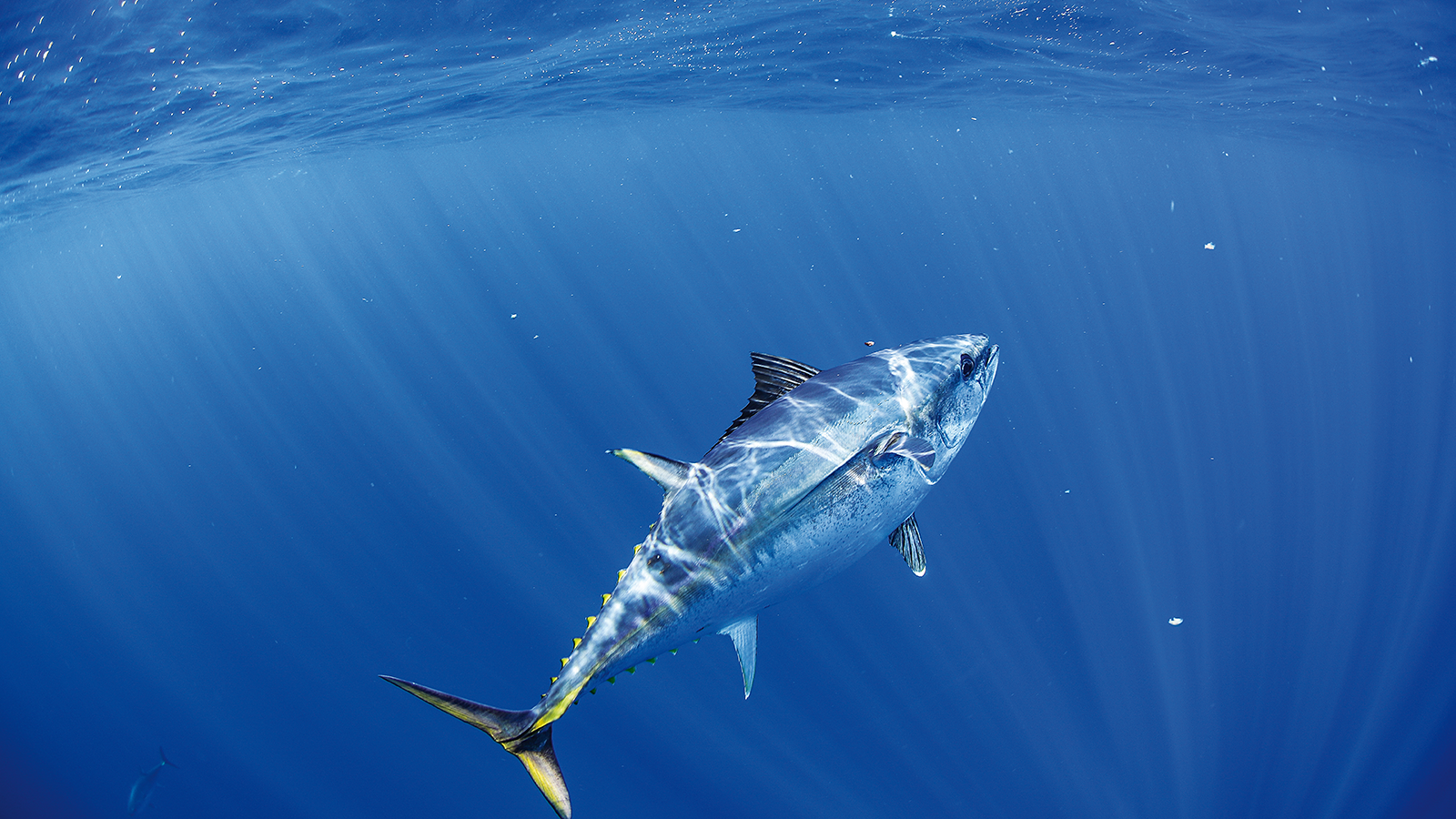Review and assess stock assessment methods used in Australia
Stock assessment is a set of tools and methods generally used to assess the status of wild capture fisheries stocks. They range from complex statistical and mathematical models, to simple, almost back of the envelope, methods. They are used to predict population size, quantify the impact of fisheries on the population and in some jurisdictions, provide key outputs needed in harvest strategies. There is a diverse range of methods in a field where practitioners have tended to produce home-grown tools in their favourite code languages (R, Fortran, C++, Visual Basic, ADMB etc.). The use of a specific model or method is often historical rather based on an objective evaluation of options e.g. the risk-cost-catch framework (see Method references). In recent years changes have occurred allowing some shift away from previous approaches:
• More off-the-shelf methods, with a diverse range of flexible features, have become available and some uptake has occurred e.g. Stock Synthesis (SS) (http://nft.nefsc.noaa.gov/SS3.html)
• There has been some convergence of language tools using the open source model (e.g. ADMB, Gnu and R)
• Stock assessment tool kits have become freely available e.g. the NOAA fisheries toolbox (http://nft.nefsc.noaa.gov/index.html)
However, in many cases it is still standard practice in Australia to develop home-grown models. Although this is not in itself an issue, it does not always allow for synergies and more cost effective practices. For example, it has become standard practice in the USA to have a model developed and maintained by a team, have it independently tested and then made available as an off-the-shelf GUI driven tool. Many stock assessment scientists now use these tools. In Europe, ICES also tends to use standard approaches.
There is a real need for a more strategic view of which framework Australia should adopt in the present climate of:
• Fewer finance and capability resources
• Data rich to data poor fisheries
• Small and large fisheries.
This review does not preclude the use of specific modelling.
Final report
This report highlights the benefits and disadvantages of stock assessment packages in terms of allowing analysts to explore many assessment configurations and facilitating the peer-review of assessments. It also highlights the disadvantages associated with the use of packages for conducting assessments. Packages with the most options and greatest flexibility are the most difficult to use, and see the greatest development of auxiliary tools to facilitate their use.






